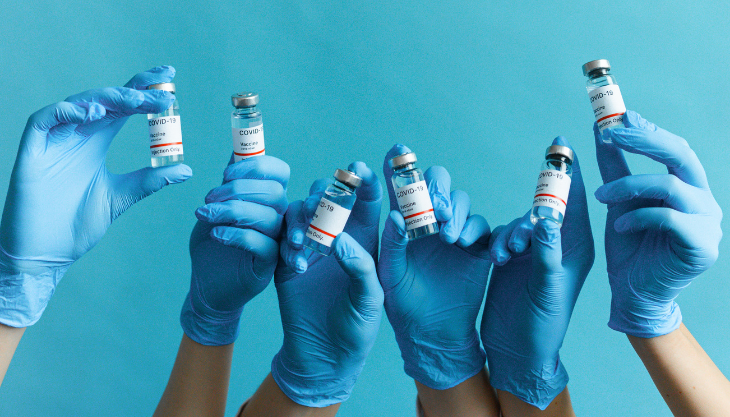COVID-19 Vaccine Equity: How FQHCs Can Help Expand Vaccine Access
Posted by Paolo Gabriel Demillo
After over two years of the COVID-19 pandemic, it’s easy to feel stuck in what seems to be an endless cycle of virus mutations followed by lockdowns and travel bans. While limiting the movement of people and imposing other restrictions help slow the spread of the virus, the COVID-19 vaccine is still our best defense against its severe health effects.
However, difficulty in accessing the vaccine remains a challenge for many people, especially racial minorities and those living in underserved and low-income areas. So to improve COVID-19 vaccine equity, the Health Resources and Services Administration (HRSA) and the Centers for Disease Prevention and Control (CDC) are expanding their program that directly allocates COVID-19 vaccines to HRSA-funded health centers. The initiative aims to ensure the equitable distribution of COVID-19 vaccines.
Now in its third and final phase, the program initially launched with only 250 participants. HRSA and CDC invited an additional 700 federally qualified health centers (FQHCs) to join the inoculation effort. To further expand their reach, HRSA and CDC invited all FQHCs across the country and included Health Center Program look-alikes (LALs) in April of last year, increasing the number of participating health centers to 1,470 nationwide.
What Practices Are Included?
-1.png?width=730&name=NEW!%20Meditab%20Blog%20Images%20(5)-1.png)
The 250 health centers that HRSA and CDC initially invited were those that generally serve specific sectors of the population that were disproportionately affected by the pandemic, including:
- Individuals experiencing homelessness
- Public housing residents
- Migrant/seasonal agricultural workers
- Patients with limited English proficiency
Meanwhile, the program added 700 more FQHCs based on a different set of criteria, such as those that:
- Serve high proportions of low income and minority patients
- Provide services to rural/frontier populations
- Operate Tribal/Urban Indian Health Programs
- Utilize mobile vans to deliver services
For the third and final phase, the program is adding 520 more health centers to fully cover all the underserved areas and vulnerable populations across the country.
What Do Unvaccinated People Have in Common?
-1.png?width=730&name=NEW!%20Meditab%20Blog%20Images%20(6)-1.png)
According to the latest data from the CDC, roughly 85% of the country's adults have already received at least one dose of the COVID-19 vaccine. That leaves 15% of the population who remain unvaccinated.
A recent survey conducted by the United States Census Bureau found that 2% of unvaccinated individuals find it hard to obtain the COVID-19 vaccine. And the majority of them either had lower levels of education, were likely to be a racial minority, were economically disadvantaged, or had some sort of disability.
Expanding FQHC vaccine access will bring the COVID-19 vaccines closer to the country’s underserved communities and minority groups, who remain vulnerable to COVID’s severe health consequences.
An Opportunity to Help
-1.png?width=730&name=NEW!%20Meditab%20Blog%20Images%20(7)-1.png)
Just when the country finally saw a sense of normalcy after curbing the Delta variant, the emergence of the Omicron variant puts us back at the start of the loop. The only way to end this vicious cycle is to vaccinate as many people as possible, especially the vulnerable sectors. And increasing health center vaccine access plays a vital role in this campaign.
Read More: Dr. Simlote: Going Above and Beyond to Create a COVID-Free Community
If your practice is an FQHC, participating in HRSA’s and CDC’s vaccine equity program is an excellent way to help your community. Not only will you be able to protect your community from the COVID-19 virus, but allowing your practice to be an instrument for a good cause will also bring you and your staff a more profound sense of pride and purpose.
Share this post: on Twitter on Facebook on Google+
.png)

